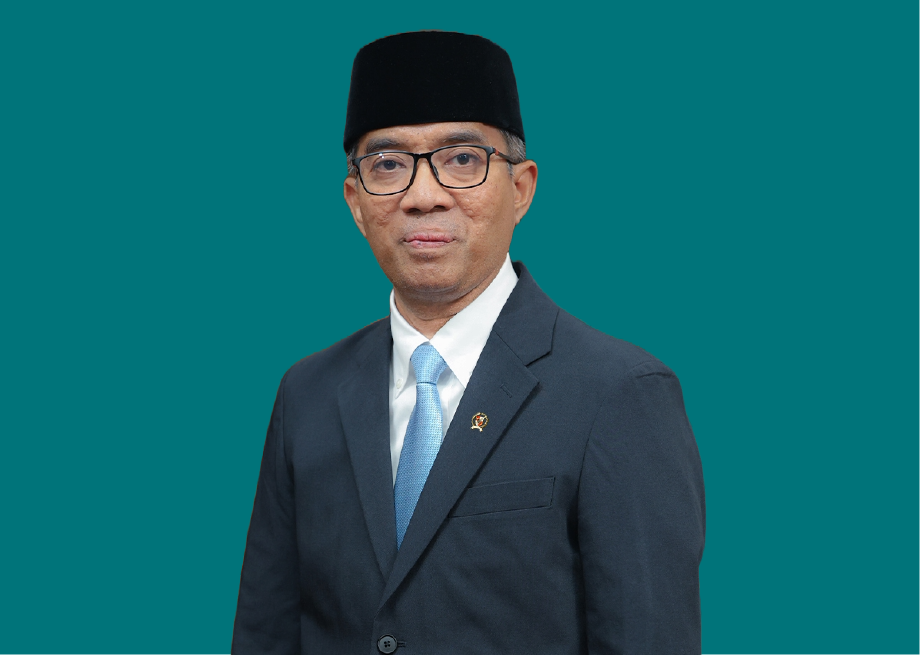Menu
7th International Conference on Science and Engineering
Addressing Climate Change Through Science and Engineering Approaches
3rd December 2025
Conference Countdown
Days
Hours
Minutes
Seconds
7th International Conference on Science and Engineering
Addressing Climate Change Through Science and Engineering Approaches
3rd December 2025
The International Conference on Science and Engineering (ICSE) is an annual academic forum that brings together scholars, researchers, and practitioners to share their latest findings in various fields of science, technology, and engineering. ICSE 2025 aims to foster interdisciplinary collaboration, provide opportunities for publication, and strengthen international research networks.
This conference offers a multidisciplinary platform for researchers, academics, and professionals in science and engineering to present and discuss innovative strategies for tackling the challenges posed by climate change.
The scope includes, but is not limited to, the following areas:
Detailed description will appear here.

Minister of Higher Education, Science, and Technology of the Republic of Indonesia for the 2024-2029 Period

Rector of UIN Sunan Kalijaga
Distinguished international and national experts will deliver keynote lectures addressing the latest issues and innovations in science and engineering.
Presenter registration and abstract submission
Nov 21 th, 2025Notification of acceptance for presentation
Nov 21 th, 2025Deadline for the latest payment
Nov 30 th, 2025Conference Day
Dec 3 rd, 2025Registration fees (applicable for both presenters and active participants):
Upon payment of the registration fee, participants are entitled to the following:
ICSE will recognize outstanding presentations through awards conferred at the conference. These awards are intended to acknowledge excellence in presentation quality, clarity of communication, and contribution to the conference themes. The best presenters will receive a financial award as a token of appreciation for their achievement.
Authors who wish to pursue journal publication are required to follow the submission guidelines of the respective partner journals. ICSE will conduct an initial review of full papers submitted through the ICSE OJS and will issue recommendations for potential publication in partner journals after the conference. However, the subsequent review process beyond the initial review will follow the policies and procedures of the respective partner journals
Our partner journals include the following:
| Journal | Indexed |
|---|---|
| Journal of Robotics and Control (JRC) | Scopus Q2 |
| SINERGI | Scopus Q3 & SINTA 1 |
| Journal of Advanced Manufacturing Technology (JAMT) | Scopus Q3 |
| Jurnal Online Informatika (JOIN) | Scopus & SINTA 2 |
| Jurnal POSITRON | SINTA 2 |
| Emara: Indonesian Journal of Architecture | SINTA 2 re-accreditation process | >
| Jurnal BIODJATI | SINTA 2 |
| Jurnal Neutrino | SINTA 3 |
| Jurnal Sains Dasar (JSD) | SINTA 3 |
| KAUNIA: Integration and Interconnection of Islam and Science Journal | SINTA 3 |
| International Journal on Informatics and Development (IJID) | SINTA 3 |
| Jurnal Informatika Sunan Kalijaga (JISKA) | SINTA 3 |
| Journal of Tropical Chemistry Research and Education (JTCRE) | SINTA 4 |
| Jurnal Biologi Tropis | SINTA 4 |
| Journal of Industrial Engineering and Halal Industries (JIEHIS) | Scholar |
ICSE 2025 will be conducted fully online using a professional virtual conference system. All participants will receive technical guidelines prior to the event.
| Time | Agenda |
|---|---|
| 09.00 - 09.15 | Opening ceremony |
| 09.15 - 09.20 | Welcome address of Chairman of ICSE 2025 Dr. Eka Sulistiyowati, M.A, M.IWM |
| 09.20 - 09.35 | Opening remarks of Rector UIN Sunan Kalijaga Prof. Noorhaidi, S.Ag., M.A., M.Phil., Ph.D. |
| 09.35 - 09.50 | Opening Speech Prof. Brian Yuliarto, S.T., M.Eng., Ph.D. |
| 10.00 - 10.20 | Speaker #1 Assoc. Prof. Dr. Pimonsri Mittraparp-arthorn |
| 10.20 - 10.40 | Speaker #2 Dr. Arifah Khusnuryani, S.Si., M.Si. |
| 10.40 - 11.00 | Q&A SESSION 1 |
| 11.00 - 11.20 | Speaker #3 Assoc. Professor Ts. Dr. Muhammad Hafidz Fazli bin Md Fuaadi |
| 11.20 - 11.40 | Speaker #4 Dr. Ir. Yunita Ismail, M.Si |
| 11.40 - 12.00 | Q&A SESSION 2 |
Note: This program is subject to change depending on circumstances and organizational needs. The final program will be confirmed and announced prior to the conference date.
Disclaimer: The ICSE 2025 Committee reserves the right to make adjustments to the program schedule in response to unforeseen circumstances. Updates will be promptly communicated through the official conference website.
All registered participants will receive the ICSE 2025 Program Book & Abstract Booklet before the conference, which includes the agenda, keynote information, and abstracts of accepted presentations.
Faculty of Science and Technology, Universitas Islam Negeri Sunan Kalijaga Yogyakarta
Jl. Marsda Adisucipto 1 Yogyakarta 55281, Indonesia
Telp. +62-274-519739, Fax: +62-274-540971
E-mail: icse@uin-suka.ac.id
Made with ❤️ and ☕ by ICSE 2025